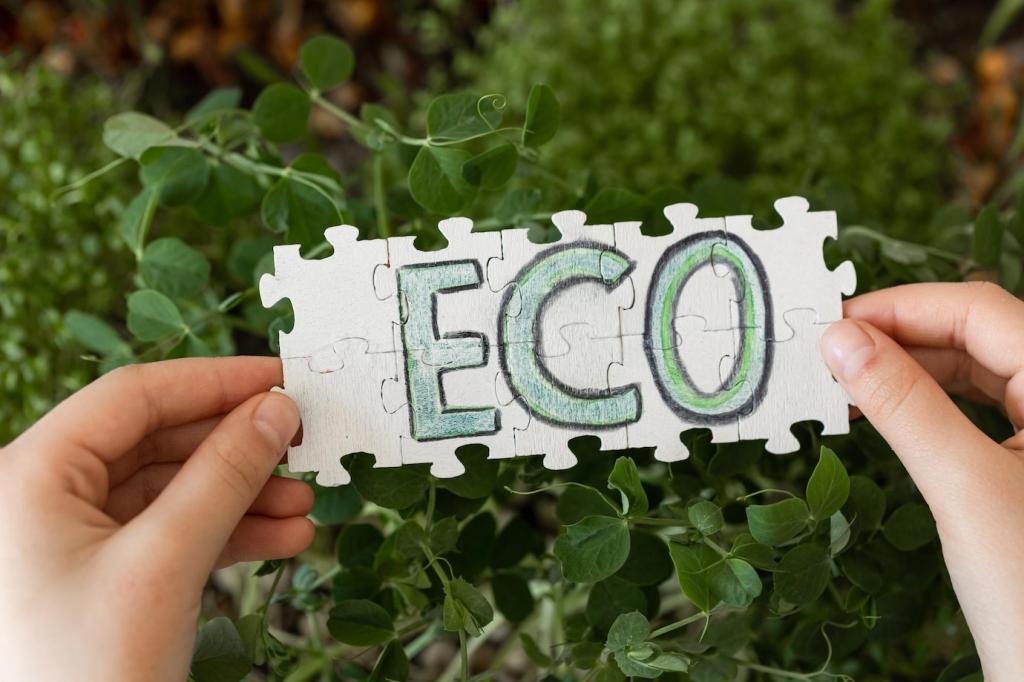Energy Efficient Home Improvement Credit (25C): Windows, Insulation, Heat Pumps
Many upgrades receive a 30% credit up to annual limits, with a combined $1,200 cap for envelope items and electrical work. Heat pumps and heat pump water heaters carry a separate $2,000 annual cap, allowing strategic, multi-year planning.
Energy Efficient Home Improvement Credit (25C): Windows, Insulation, Heat Pumps
A professional home energy audit can qualify for a credit, encouraging homeowners to identify the most impactful fixes first. Choose qualified providers, request a written report, and use recommendations to prioritize insulation, air sealing, and right-sized equipment.




